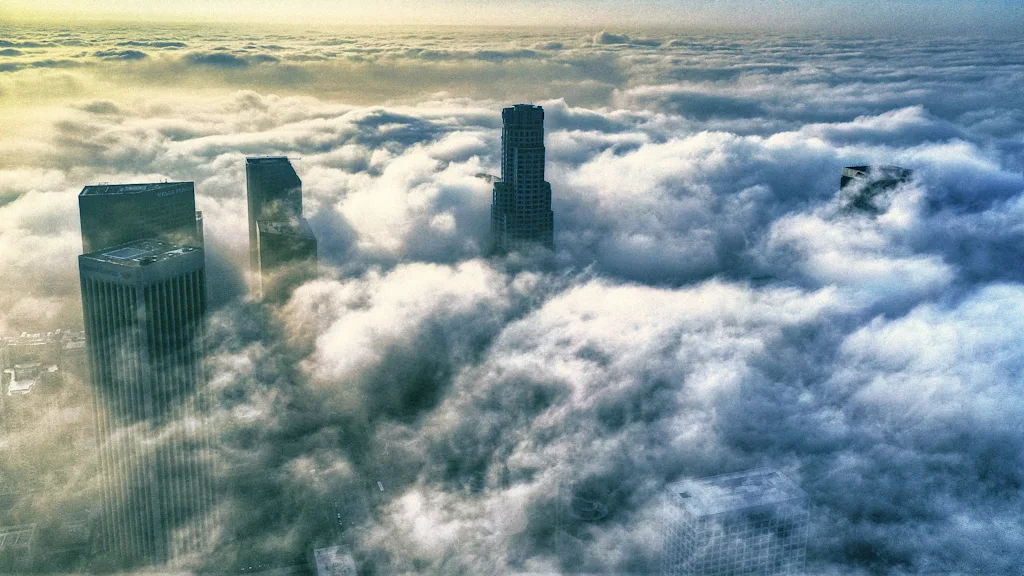
"And when the evening mist clothes the riverside with poetry, as with a veil, and the poor buildings lose themselves in the dim sky, and the tall chimneys become campanili, and the warehouses are palaces in the night and the whole city hangs in the heavens, and fairy-land is before us-then the wayfarer hastens home; the working man and the cultured one, the wise man and the one of pleasure, cease to understand, as they have ceased to see,"
"Claude Monet is probably the most famous of the impressionist bunch. Monet's focus shifted from clear objects to the effects of atmosphere and light, after he stumbled into the London fog. Critics would argue about deeper meanings, whether impressionism was creating a dreamy or nightmarish mood for London, angelic or demonic. But the meaning (or lack thereof) isn't what got me thinking about these 19th-century art movements. It's the idea that something was always there and it took artists to draw the attention"
Urbanism benefits from a strong measure of creativity to produce better outcomes for communities. Lessons from art and science can inform urbanism advocacy and break away from outdated practices. Impressionist painters highlighted atmospheric elements like fog to reveal overlooked qualities in familiar scenes. Whistler and Monet used mist and light to transform perceptions of riversides and cities, prompting re-evaluation of meaning and mood. The act of drawing attention to previously ignored natural elements offers a model for urbanists to spotlight neglected urban assets. Embracing creative approaches and learning from other disciplines can foster happier, healthier communities.
Read at Fast Company
Unable to calculate read time
Collection
[
|
...
]